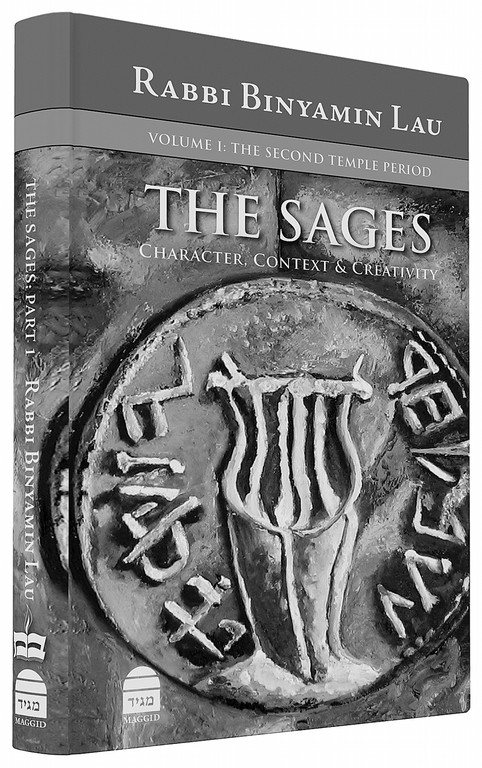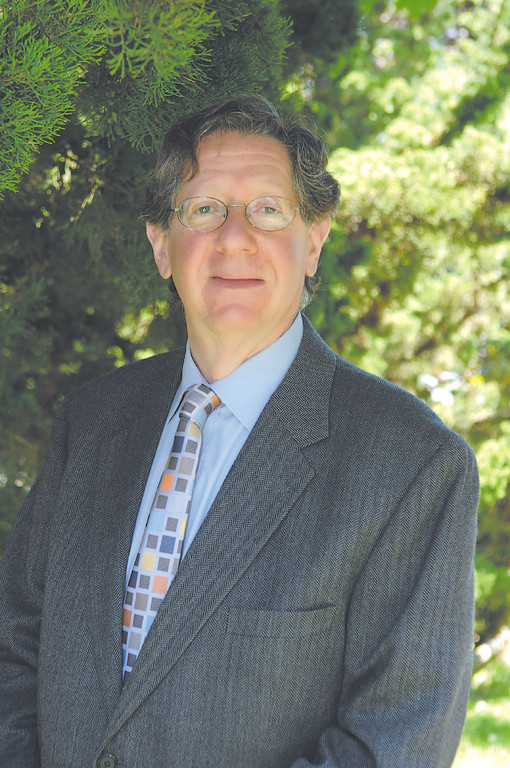The Kosher Bookworm: The Hillel legacy
Have you ever thought of the many times you have come across the name Hillel? How many people do you know whose name is Hillel? What about the college campus organization Hillel, or the Hillel Houses found on many Ivy League campuses ? And, what about the names of the many schools named Hillel? How about the number of temples and congregations named Hillel?
Have you ever heard of the sage named Hillel? And of several sages by that same name? And, what about the sandwich called Hillel? Yes, a sandwich with the name of a sage? Incredible, but true.
Have you ever wondered why? Well, here are a few reasons at least for the sandwich and do not be surprised to learn that despite its prominent yet strange name, there is not a single kosher food establishment that sells a sandwich by this august, yet humorous sounding name, Hillel sandwich.
According to the Brooklyn maggid, Yitzhak Buxbaum, in his excellent work, “The Life and Teachings of Hillel” [Rowman & Littlefield 2008]
“Every Passover, Jews eat the ritual Seder meal and recite the Haggadah. At one point, the destroyed Temple is commemorated. Some matzah and bitter herbs are first eaten separately; then they are wrapped into a sandwich and eaten together.”
“The Talmud explains that Hillel and some other rabbis disagreed about how to eat the three Passover foods. Hillel said they should be eaten all at once, wrapped together; the other rabbis said they should be eaten separately. Since the halachah did not decide which option was correct, both are followed.”
Further on Buxbaum explains, citing the Shulchan Aruch, chapter 126, “After the destruction of the Temple, the sages ordained that on every joyous occasion we must remember the destruction of the Holy Temple.”
“Therefore,” Buxbaum continues, “although one could no longer eat an actual ‘Hillel sandwich’ as in Temple times – because there was no Passover lamb – it was ordained that as much as was possible should be done, so as to remember not only the Temple, but also, it would seem, Hillel, the great Nasi, who so loved the Temple that his feet carried him there again and again.”
Rabbi Aryeh Kaplan in this classic, “The Basic Haggadah” [Maznaim Publishing, 1982, copyright by Rabbi Kaplan] translates the Hillel sandwich ritual as follows:
“In memory of the Temple like Hillel. This is what Hillel would do long ago when the Jerusalem Temple still stood: He would make a sandwich of Matzah and Bitter Herbs and eat them together to keep what the Torah says,
‘You shall eat it together with Matzah and Bitter Herbs.’ [Exodus 12:8].”
In his commentary on this statement, Dr. Joseph Tabory [JPS Commentary on the Haggadah, 2008] stated that “This statement is a paraphrase of the Talmudic statement made in this context [Pesachim 115a]. It seems that this statement is a note in the Haggadah, explaining why it was customary to eat this sandwich, even though one has already fulfilled the obligation of eating matzah and marror….The rest of the text that explains Hillel’s custom, seems to have been instructional rather than as a text to be read as part of
the Haggadah. However, the custom was to read the whole text out loud, and many also recited the additional instruction, ‘belo tibul uvelo bracha’.”
This coming Wednesday night, February 13th, at the Young Israel of Woodmere, there is going to be a lecture at 8:15 pm entitled, “Hillel and Shammai in the Days of Herod.” This lecture is part of a Jewish history series sponsored by the shul and will be given by Rabbi Evan Hoffman.
In anticipation of this particular lecture, Rabbi Hoffman made note of the following, as an introduction to the upcoming lecture:
“Hillel came from Babylonia to Eretz Yisrael. His appointment as Nasi was a significant turning point in Jewish history. But what is its meaning? It does not mean that he was a patriarch of the entire Jewish people. Far from it; he was the leader of the more progressive wing of the Pharisees, and a colleague and rival of Shammai.”
Further, according to Rabbi Hoffman, “Hillel revolutionized the study of Torah by expanding the oral law and establishing new methods of exegetical interpretation. Whereas, previously, the student was content to preserve the teachings of the earlier sages, in the generations following Hillel, the discourse in the house of study was dominated by chiddush, novel rulings.”
This lecture, as noted before, is part of an ongoing Jewish history series and is open to all the public; both men and women, as well as area students, are invited. There is no charge for admission.
FOR FURTHER STUDY
To further help enhance your appreciation of this upcoming lecture, you might want to reference the following works, all published by Maggid Books:
“The Sages” by Rabbi Binyamin Lau, Volume 1
“Talmudic Images” by Rabbi Adin Steinsaltz
“The Essential Talmud” by Rabbi Adin Steinsaltz

 43.0°,
Partly Cloudy
43.0°,
Partly Cloudy 









